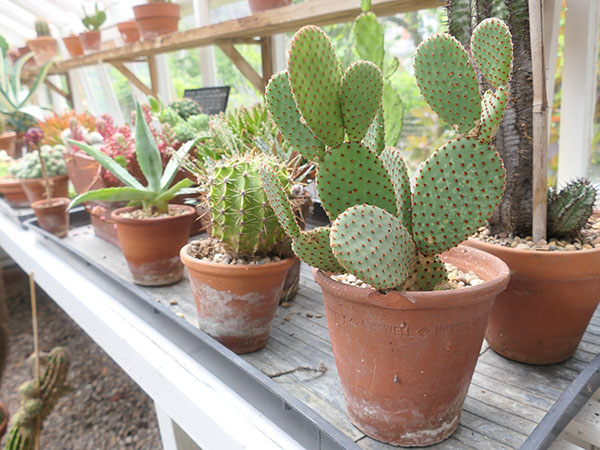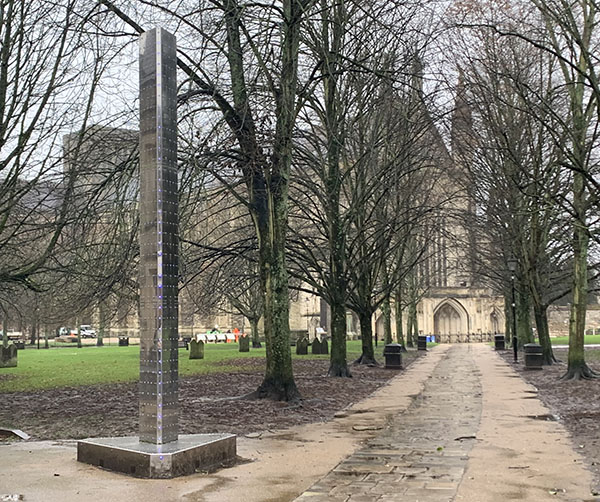Kirby Hall was built during the time of Elizabeth I in the late 1500s in Northamptonshire as a status of power and wealth for the Stafford family. It was built around a courtyard as most medieval homes were, and it was built with architectural decorative detail. After Stafford, it was owned by the Hatton family, which Hatton Gardens in London is named after. Much of the property is now in ruin as it was left to decay. Its shell and some rooms (without much decoration) have been preserved to understand how these buildings were constructed and to showcase the retained details. The property is managed today by English Heritage.

The house is simply a shell today void of furniture and decoration in the rooms. Some of the walls have been completly demolished without roof and without plaster. In the 1800s, the families abandoned the house to live in other areas. Until 1831, it was cared for. Then, tenants moved into the house. They consisted of farmers and farm labourers. Animals were allowed to roam the grounds too.

Cattle came up to greet me, but they are secured inside a fence and visible from the mansion.




The below columns are unique and highly-decorated. The design for these were discovered in a book.



The below detail of the knot symbol was the family symbol of the Staffords.

The Great Hall, pictured below, would have had tapestries hung. It is the first room on entry of the mansion, and it would have been decorated to impress.

Below is the Billiard Room. The wallpaper colour and design is taken from what was actually discovered in the room and recreated.

The Long Gallery remains can be seen from the window in an upper floor at the top of a staircase. A long gallery was used to showcase paintings, views, and provide a place to get exercise in bad weather.

Below is the Great Chamber, which was decorated lavishly. Music, dancing, and entertainment took place in this room.


A lost village was located behind the grounds of Kirby Hall. The village was noted in the Doomesday Book, and it was abandoned by the early 1500s. Cherchberie was the name of the village, and it can be seen in the raised areas in the field next to the formal gardens. The area was developed as "wilderness", which were simply grounds or parkland to get lost in thoughts in.

The garden would have been walled in keeping with the latest fashions in garden design. It would have contained practical plants (fruit, herbs, and vegetables), water features, and statues. It would have been arranged in a geometric pattern. Later on, some of the plants would have come from abroad from Japan, China, and the Americas. Below is a photograph of the garden from the windows of the house.

The Best Bedchamber, pictured below, would have been used a number of times by King James I. It would have been lavishly decorated.

Below would have been the library. Hatton was interested in books and would have had a large collection in different subjects. He also was interested in collecting antique books.

The next part of the tour was the gardens, and I admired the views.




Along the back side of the house are the kitchen rooms, which I photographed below.


Kirby Hall has three resident peacocks. The peacocks wander the grounds and do make a lot of noise.

This one was very curious and wanted to hang out with me in the shop.

Overall, the audio guide and panels about Kirby Hall were informative, and I enjoyed learning about this place. Many of the properties are museums and set up beautifully inside. Although it is a shame that the beautiful rooms, details, and furnishings no longer exist, seeing the mansions in this partial decay state is interesting to understand their evolution and build.



































































































































































































Recent Comments